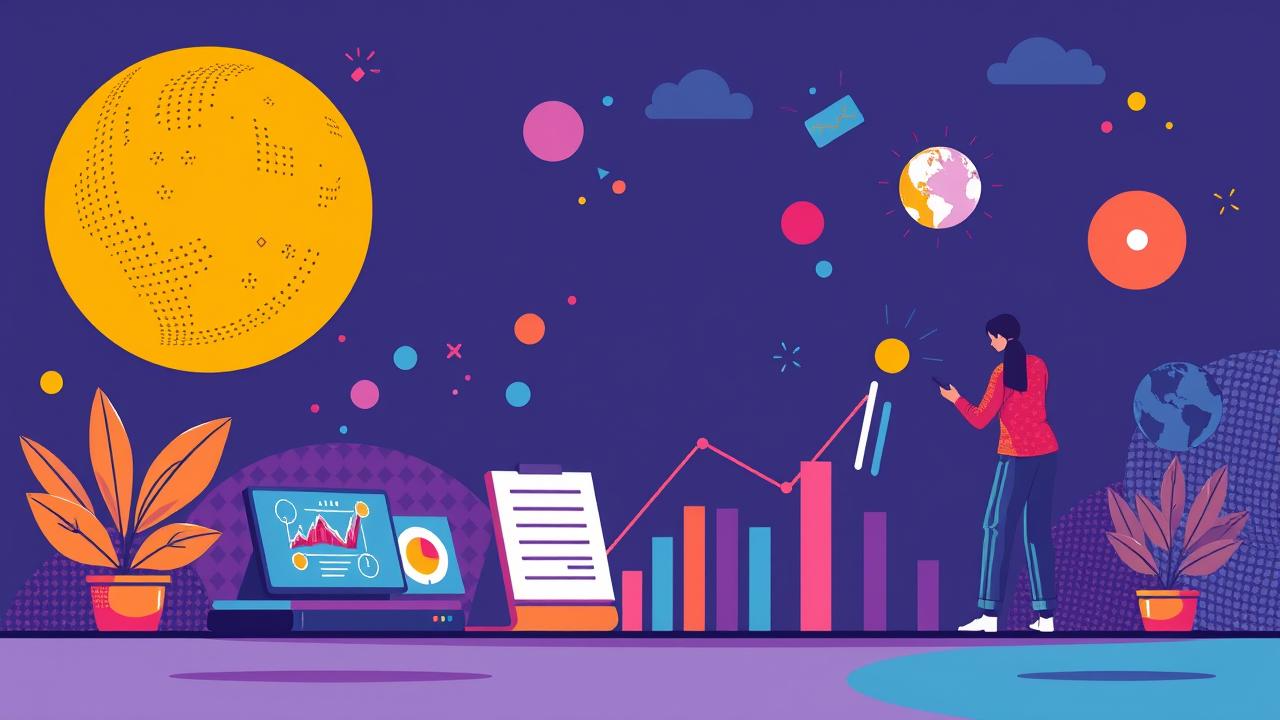The intersection of AI and ABM is creating a powerful synergy, allowing B2B organizations to execute Account-Based Marketing strategies with unprecedented sophistication. AI automates manual tasks, provides deeper insights, and enables hyper-personalization at scale across the entire ABM lifecycle. Let’s explore the key areas where AI in ABM is making the most significant impact:
1. Smarter Account Selection and Prioritization:
Identifying the accounts that are the best fit and most likely to convert is the foundational step of any ABM strategy. Traditionally, this involved relying on basic firmographic data, industry lists, and salesperson intuition. AI takes this to a new level. By analyzing a multitude of data points – including historical sales data, customer profiles, engagement history, public financial data, industry trends, technographics (the technology stack a company uses), and crucially, intent data (signals indicating a company is researching solutions like yours) – AI algorithms can predict which accounts are the most promising targets. This predictive scoring helps marketing and sales teams prioritize their efforts on accounts with the highest propensity to buy, ensuring resources are focused exactly where they will yield the greatest return.
2. Deepening Account Understanding and Insights:
Once target accounts are identified, understanding them intimately is paramount. What are their key business challenges? Who are the decision-makers? What are their individual roles, priorities, and pain points? What content have they engaged with previously? AI excels at aggregating and analyzing disparate data sources – internal CRM data, external news articles, social media activity, company reports, and more – to build comprehensive, dynamic account profiles. Natural Language Processing (NLP), a branch of AI, can even analyze sentiment from public sources or customer interactions to gauge an account’s current mood or specific concerns. This deep level of insight, delivered in an easily digestible format, empowers marketing to craft highly relevant messaging and sales to have more informed and valuable conversations.
3. Powering Hyper-Personalization at Scale:
ABM’s success hinges on delivering highly personalized experiences. This means tailoring website content, emails, ad creatives, sales outreach, and even recommended resources to resonate specifically with contacts within a target account, and ideally, with individual stakeholders. AI enables this level of personalization at scale, something human marketers cannot realistically achieve manually for dozens, let alone hundreds, of accounts. AI can:
Dynamically assemble website content based on the visitor’s account and their past behavior.
Suggest the most effective email subject lines and body content variations.
Select and display the most relevant case studies or testimonials for a specific account’s industry or size.
Personalize ad campaigns across various platforms, showing account-specific messaging.
Recommend the next best piece of content or action for a sales rep to take based on an account’s recent activity. Generative AI can even assist in drafting personalized outreach messages or suggesting creative angles.
4. Optimizing Engagement Orchestration and Timing:
Knowing what to say is important, but knowing when and where to say it is equally critical in Account-Based Marketing (ABM). AI can analyze engagement patterns across channels and predict the optimal timing and sequence of touchpoints for each account. Should marketing launch a targeted ad campaign before sales reaches out? Should an email follow a website visit within minutes or hours? Which channel is most likely to yield a response from a specific stakeholder? AI-powered ABM platforms can automate or recommend these actions, ensuring a coordinated and impactful approach across marketing automation, advertising platforms, and sales outreach tools. This orchestration ensures that marketing and sales efforts are synchronized and maximally effective.



